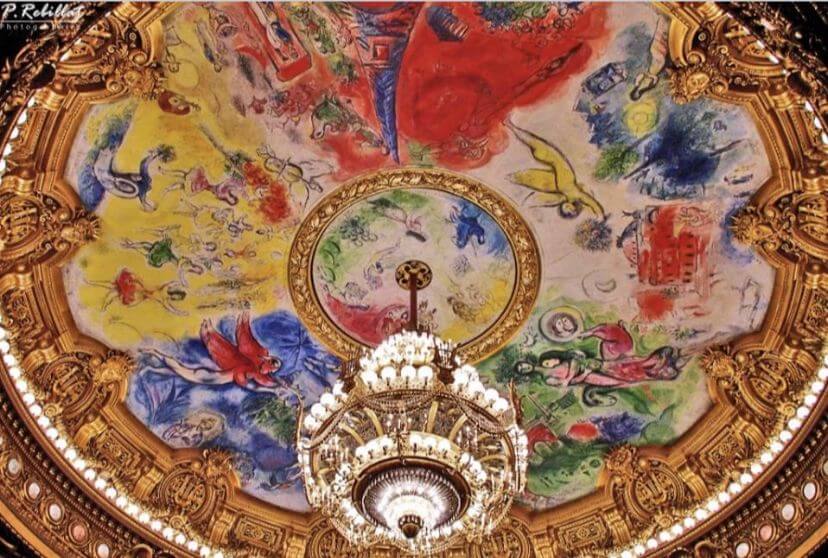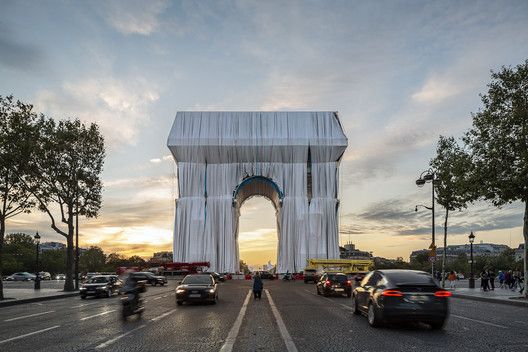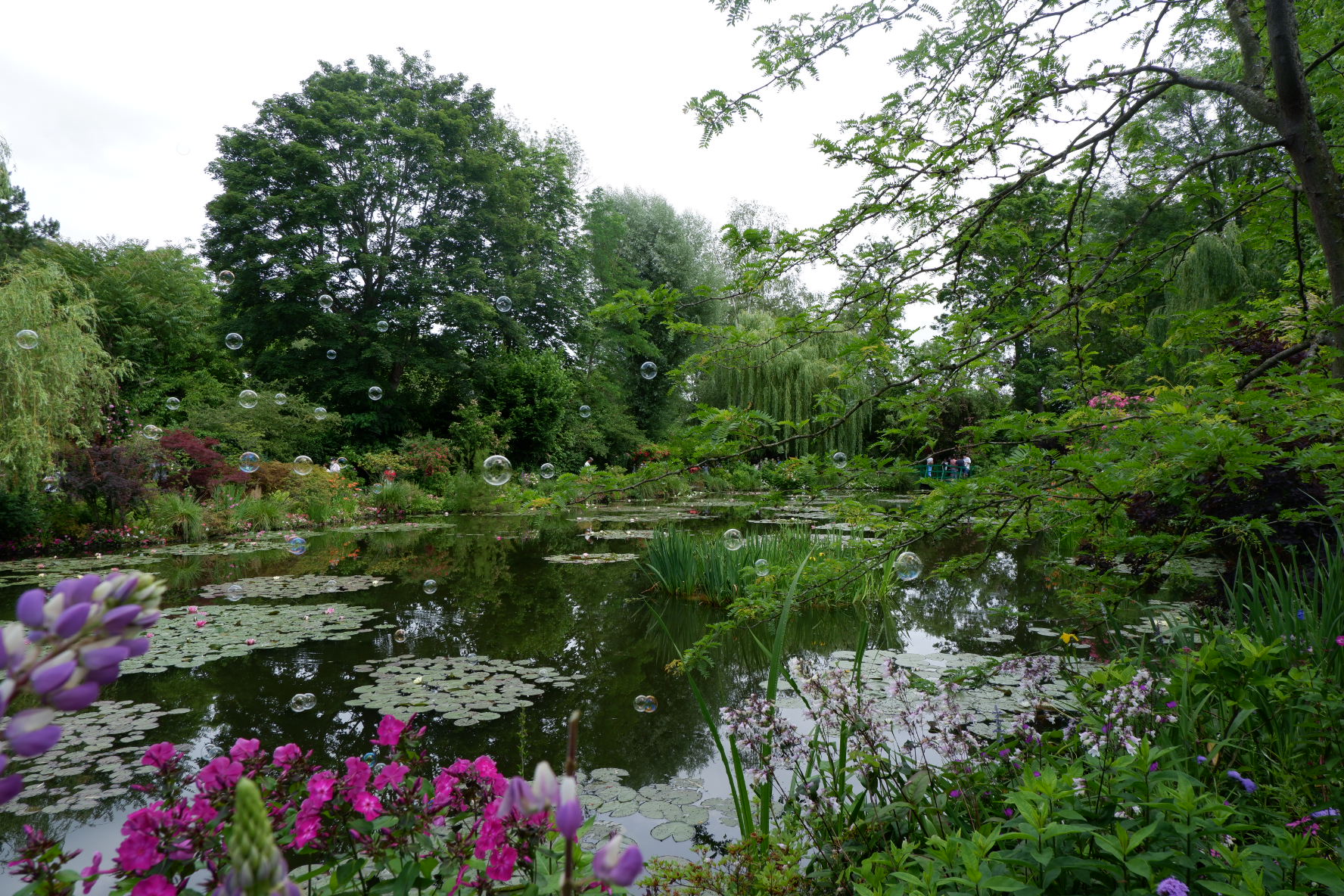L’Art de vivre
à la française
à la française
L’Art de vivre
à la française
Her majesty, Opera Garnier!
The view of the Opera House in the center of Paris has left me both speechless and breathless when I saw it for the first time.Then the thought came: what a stunning golden and velvet sumptuousness!
I was definitely captivated by its interior and exterior beauty and elegance.
When I see such like masterpieces I am always curious to know how on earth it was created, what has served as an inspiration, and who was the lucky one to turn this ambitious project into life. So I dive into history, events, people’s destinies and facts to know more.
On 30 December 1860 the Emperor Napoleon III officially announced an architectural design competition for the new opera house in Paris. There was a desperate need in it because the old one was no more a secure place for the head of France after an attempt to kill him in the old opera.
So there were 171 applications submitted. The tension was high and the competition had the best participants. A certain Charles Garnier’s project became one of seven other finalists. It was selected for its “rare and superior qualities in the beautiful distribution of plans, the monumental and characteristic aspect of the facades and the sections”. It took about 20 years to build the Opera. Today in front of our eyes it appears as a mix of different styles: baroque, classicism of Palladio, renaissance.
There is another Palais Garnier’s most famous feature, - it is the legendary bronze and crystal chandelier weighing 7 tons! Its week point is that it obscures the view of the stage from some of the higher sits in the auditorium, and do you know what Garnier thought about that ? - he did not care and dismissed any criticism later writing “ what else could fill a theatre with such joyous life”.
The Palais Garnier, like Notre Dame, owes much of its fame to a story. It is the setting for the 1910 novel “The Phantom of the opera” by Gaston Leroux. The novel’s later adaptations in film and on stage, significantly with the musical version, have made the story famous around the world.
It was inspired by some unfortunate events at the Opera Garnier and depicted the tragic love story. Famously in 1896 one of the counterweights that balance the chandelier broke loose and crashed through the roof, killing someone in the audience – an event that inspired a scene in the “Phantom of the Opera”. Other rumors circulated that the Opera was being built on a huge underground lake, which made it even more mysterious and attractive for the visitors. For the mystery lovers good to know that today you can still visit Box 5 which was booked by the Phantom.
The room for the spectacles is a real beating heard of the opera. Its special form helps to see well and to be seen. The famous plafond was painted by Marc Chagall and inaugurated in 1964. You can admire it on the photo of the article.
So ready for the Opera? Don’t forget your tickets! You will be impressed by the performance!

La versione in Italiano.
Sua maestà, l’Opera Garnier!
La famosa Opera Garnier nel centro di Parigi mi ha lasciato senza parole e senza fiato quando l'ho visto per la prima volta.
Mi ricordo il primo pensiero che venne ero : che splendida sontuosità d’oro e veluto! Sono rimasta completamente incantata dalla sua bellezza ed eleganza sia interna che esterna.
Quando vedo un tale capolavoro, sono sempre curiosa di saperene di più ; sul come è stata creata, cosa è servito come il fonte d'ispirazione e chi è stato quel fortunato a soffiare la vita in questo ambizioso progetto. Quindi mi tuffo nella storia, negli eventi, nei destini e nei fatti.
Il 30 dicembre 1860 l'imperatore Napoleone III annunciò ufficialmente un concorso di progettazione architettonica per il nuovo teatro dell'opera a Parigi. C'era un bisogno disperato della nuova construzione perché la vecchia opera non era più un posto sicuro per il capo della Francia dopo un tentativo d’ucciderlo dietro le sue mura.
Sono state presentate 171 domande. La tensione era alta e la competizione includeva i migliori del campo. Il progetto di un certo Charles Garnier è diventato vincente tra l’altri sette finalisti. È stato selezionato per le sue "qualità rare e superiori nella distribuzione dei piani, del aspetto monumentale e caratteristico delle facciate e delle sezioni". Ci sono voluti circa 20 anni per costruire l'Opera. Oggi davanti ai nostri occhi appare un mix dei stili diversi: il barocco, il classicismo del palladio e il rinascimento.
C'è un'altra caratteristica famosa del Palais Garnier, il leggendario lampadario in bronzo e cristallo che pesa 7 tonnellate! Benchè ha un solo difetto - il lampadario oscura la vista del palcoscenico da alcuni dei più alti posti nell'auditorium, e sai cosa ne pensava Garnier? - non gli fregava niente, anzi, respingeva ogni critica scrivendo "cos'altro potrebbe riempire un teatro di una vita così gioiosa!".
Il Palais Garnier, come Notre Dame, deve un gran parte della sua fama ad una storia. È l'ambientazione del romanzo del 1910 “ Il fantasma dell'Opera” di Gaston Leroux.
Gli adattamenti successivi del romanzo nel cinema e sul palco come musical, hanno reso la storia famosa in tutto il mondo.
È stata ispirata dai certi eventi sfortunati all'Opéra Garnier e raffigurava ovviamente una tragica storia d'amore. Nel 1896, uno dei contrappesi che bilanciava il lampadario si spezzò e si schiantò sul tetto, uccidendo qualcuno tra il pubblico - un evento che ha ispirato la famosa scena nel “Il fantasma dell'Opera”.
Circolavano i voci che l'Opera fosse stata costruita su un enorme lago sotterraneo, il fatto che la rendeva ancora più misteriosa e attraente per i visitatori. Parlando del misticismo, oggi puoi ancora visitare il Box 5 che è stato prenotato dal famoso Fantasma. Allora i sensazioni forti non ci mancheranno!
La sala per gli spettacoli è un vero e proprio cuore rosso batente dell'opera. La sua forma speciale aiuta a veder bene e ad essere visto. Il famoso tetto è stato dipinto da Marc Chagall e inaugurato nel 1964. Puoi ammirarlo nella foto del articolo.
Allora pronti per l'Opera? Non dimenticare i biglietti! Rimarrai sicutamente colpito dalla performance!
- Tags:
- Opera Garnier






